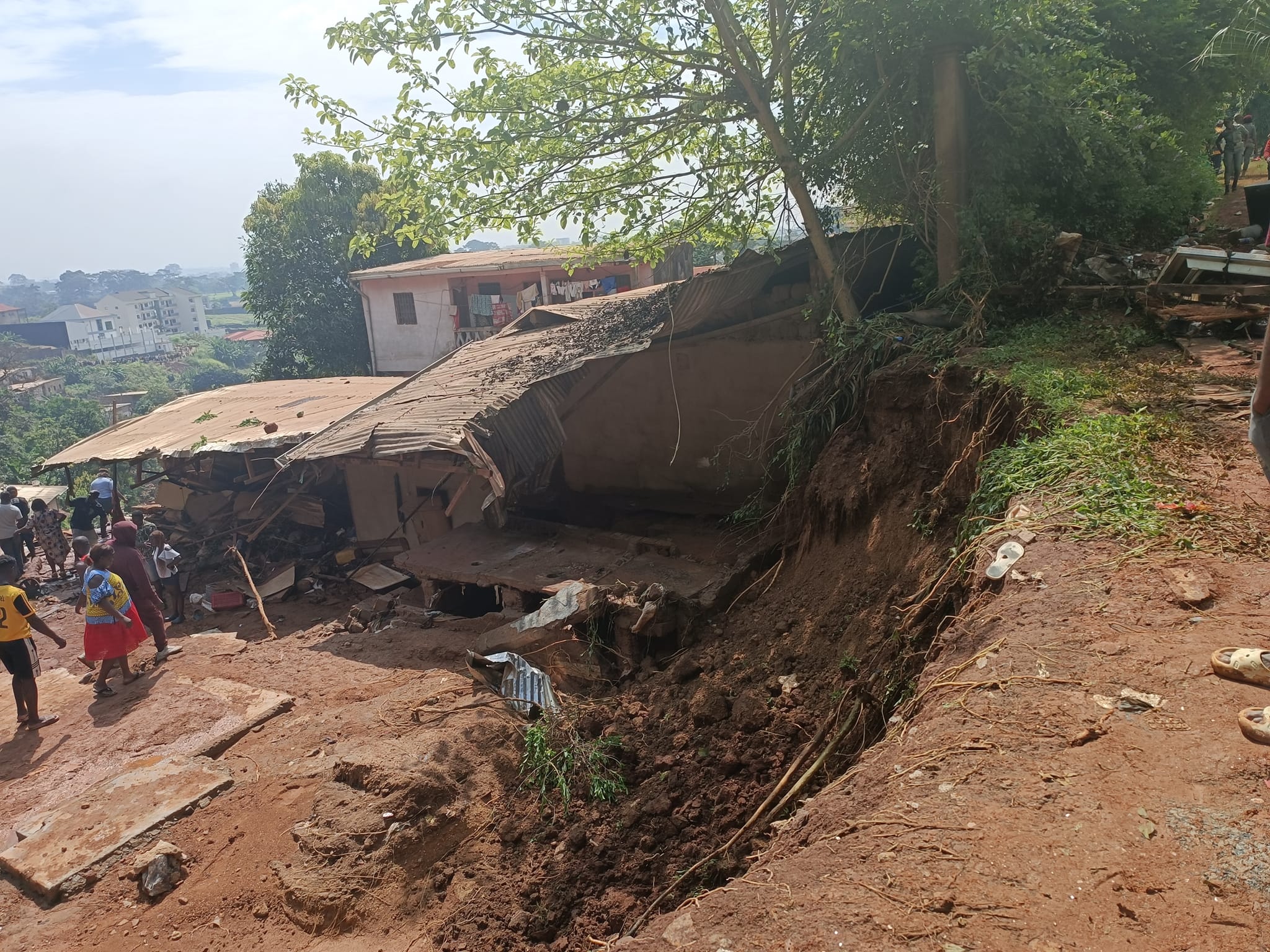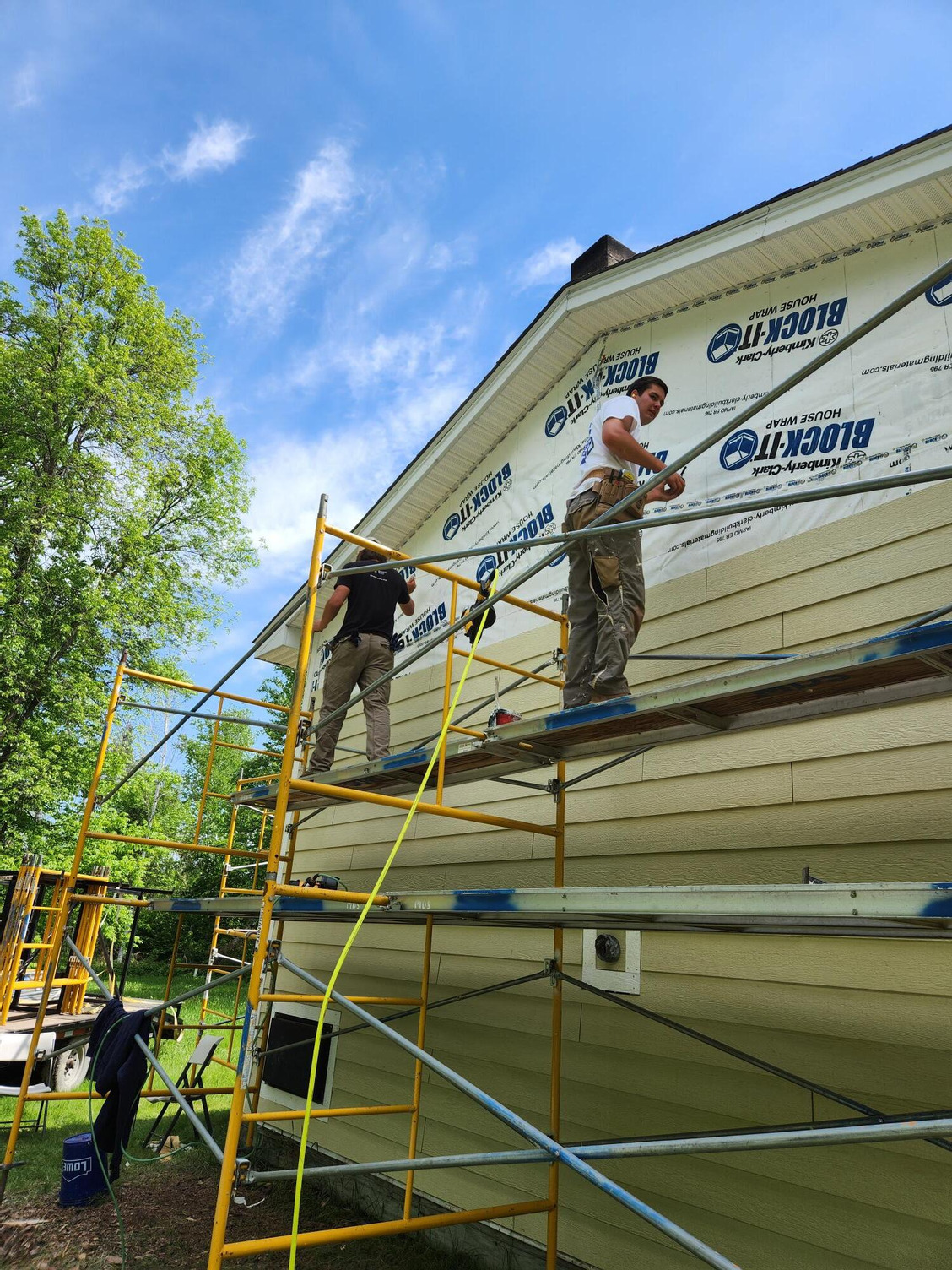What we’re watching: Weekly disaster update, October 10

We know all too well that disaster can strike anytime, anywhere in the world. Some disasters make headlines; others do not. Here at the Center for Disaster Philanthropy (CDP), we monitor the status of disasters worldwide and compile a list of the ones we’re tracking weekly, along with relevant disaster-related media coverage.
Here’s what we’re watching for the week of Oct. 10, 2023.
New or Emerging Disasters
Earthquake – Afghanistan: According to the U.S. Geological Survey, a 6.3-magnitude earthquake occurred on Oct. 7 near Herat, Afghanistan, at shallow depths. This earthquake was followed by a second 6.3-magnitude earthquake about 30 minutes later. A spokesman for Afghanistan’s national disaster authority, Janan Sayiq, told reporters on Oct. 9 that around 4,000 people were killed.
The UN Office of the Coordination of Humanitarian Affairs (UNOCHA) said the earthquakes destroyed an estimated 100% of homes in the Zindajan district in Herat Province. The disaster affected at least 12,110 people in a remote area of western Afghanistan. Local groups have already been mobilizing and supporting the relief efforts.
Afghanistan is one of the world’s largest and most complex humanitarian emergencies.
For more, see our Afghanistan Humanitarian Crisis disaster profile.
Complex Humanitarian Emergency – Israel and Gaza: On Oct. 7, Hamas and other Palestinian armed groups launched a coordinated assault consisting of land and air attacks into border areas of Israel. Israel declared war on Oct. 8 and retaliated with airstrikes on the Gaza Strip.
As of Oct. 9, at least 900 Israelis, including foreign nationals, had been killed, and the Ministry of Health in Gaza said at least 687 Palestinians had been killed. Mass displacement is observed across the Gaza Strip, with more than 187,000 people fleeing their homes. Four schools and eight healthcare facilities in Gaza have sustained damage so far.
At CDP, we are heartbroken by the violence and loss of life in Israel and Gaza. We call on all parties to the conflict to respect their obligations under international humanitarian law. The Israeli-Palestinian conflict is not new and has been described for decades as intractable and complicated. We are particularly concerned about the worsening of an already dire humanitarian crisis in Gaza. We are monitoring the situation and will provide more information in the coming days and weeks.
Flooding – Cameroon: At least 27 people were killed, and more than 50 others were injured, after floods tore through the capital of Yaounde on Oct. 8. Exacerbating the disaster are low-quality construction and the location of some homes in areas known to have flood risk. Additionally, a dike was overwhelmed and released a manmade lake, which destroyed several structures. More rainfall was expected across the central and southern parts of the country.
Disasters such as the recent flooding occur against the backdrop of Cameroon’s complex humanitarian emergency. UNOCHA says underfunding of humanitarian aid in Cameroon is depriving “more than a million people of lifesaving and protection services.” As of Aug. 2, donors had funded only 19.8% of Cameroon’s 2023 Humanitarian Response Plan.
Flooding – India: A glacial lake burst its banks, resulting in devastating flooding in India’s northeastern state of Sikkim. On Oct. 9, provincial officials said the flooding killed 74, with 101 still missing. Damaged roads, poor communications and bad weather hampered the search for survivors. The disaster was among the worst to hit the remote province in more than 50 years.
Flooding – Myanmar: Heavy rains resulting in flooding displaced 14,000 people in Bago township, about 42 miles northeast of Yangon, Myanmar’s biggest city, according to state television. Myanmar’s Meteorological Department said Bago township recorded 7.87 inches of rainfall, its highest level in 59 years. Myanmar is still recovering from Cyclone Mocha, which made landfall on May 14 and was one of the strongest storms ever recorded in the country.
Typhoon – Taiwan: Koinu, which means “puppy” in Japanese, made landfall early on Oct. 5 in Cape Eluanbi, the southernmost tip of Taiwan. The typhoon brought the fastest wind ever recorded in Taiwan as it approached on Oct. 4 with sustained winds of 123.5 miles per hour. The storm left one person dead and hundreds injured while schools and offices were closed.
Koinu then headed to Hong Kong, which saw flooding on Oct. 9 as the storm brought heavy rains, forcing authorities to issue the highest level of alert for six hours. There were no reports of major damage in Hong Kong, but Koinu caused schools and the city’s stock exchange to shut down. People were evacuated on the southern Chinese island of Hainan on Oct. 9 as remnants of Koinu battered the province.
Previous/Ongoing Disasters
Wildfires – Hawaii: Although earlier estimates of deaths from the Lahaina, Maui wildfire on Aug. 8 were over 100, authorities have confirmed 98 deaths, with 93 publicly identified.
For weeks, there has been public debate about how and when to use any soil-stabilizing products in Lahaina to deal with the toxic ash the fire produced. On Oct. 9, Maui Mayor Richard Bissen gave his approval for a product called Soiltac to be deployed as the Environmental Protection Agency recommended to the county.
After extensive air, drinking water and soil quality testing and debris removal, Lahaina schools will begin to reopen on Oct. 16.
For more, see our 2023 North American Wildfires disaster profile.
In addition to the disasters listed above, we actively monitor the following disasters or humanitarian emergencies. For more information, see the relevant disaster profiles, which are updated regularly.
- 2023 Atlantic Hurricane Season
- Horn of Africa Hunger Crisis
- Sudan Humanitarian Crisis
- 2023 US Tornadoes
- 2023 Turkey-Syria Earthquake
- Ukraine Humanitarian Crisis
Complex Humanitarian Emergencies – Nigeria
Many places worldwide are experiencing emergencies caused by conflict, climate change, drought, famine, economic challenges and other conditions that combine to create a complex humanitarian emergency (CHE). CDP maintains complete profiles on several CHEs, and what CDP considers Level 1 CHEs are profiled in this weekly blog post and tracked.
Nigeria’s humanitarian crisis is primarily the result of a 13-year conflict triggered by the rise of the Islamist militant group Boko Haram. The need for food assistance is particularly high in the north due to the compounding impacts of conflict, prolonged dry spells and macroeconomic crisis. Wide food consumption gaps persist.
Compounding the humanitarian crisis in northeast Nigeria is a severe diphtheria outbreak, which will likely be exacerbated by the rainy season and subsequent flooding. As of Sept. 21, the outbreak has resulted in more than 11,500 suspected cases and 453 deaths. The World Health Organization has categorized the outbreak as a Grade 2 Emergency and launched an emergency appeal seeking nearly $17 million. The government of Nigeria is also responding.
As of Oct. 9, donors had funded just 35.5% of Nigeria’s 2023 Humanitarian Response Plan. To get ahead of humanitarian crises, anticipatory action is gaining ground in Nigeria. Anticipatory action is defined as “acting ahead of predicted hazards to prevent or reduce acute humanitarian impacts before they fully unfold.” Babatunde Ojei, Nigeria director for the International Rescue Committee, describes one such project in an interview with PBS.
Join us this Thursday, Oct. 12
Webinar: Funding low-attention disasters: From preparedness to long-term recovery

What We’re Reading
- If hurricane rebuilding is affordable only for the wealthy, this is the Florida you get – The New York Times: “The rapid redevelopment of coastal communities like Fort Myers Beach in the face of sea level rise and more intense storms and hurricanes mirrors a phenomenon sweeping beachfronts around the world: upscaling, the practice of replacing old or more modest homes, condos and hotels with more expensive versions, largely thanks to the high cost of building up to new storm-resistant codes and the potentially uninsured risks associated with doing so.”
- Before disaster hits: Why now is the time to support tribal communities and local organizations – Giving Compass: In Oklahoma, a state that regularly experiences severe weather, there are 39 federally recognized tribes. Brian Candelaria, Staff Attorney and Disaster Navigator at Oklahoma Legal Indian Services describes their work before, during and after disasters.
- Localization requires a humble posture, says Mercy Corps CEO – Devex: In an interview with Devex at the Clinton Global Initiative, Tjada D’Oyen McKenna said localization is really about “relationships and trust and listening and approaching things with a very humble posture.”
- Losses from China disasters reach $42 billion in first nine months of 2023 – Reuters: “Four typhoons during the period caused heavy losses, with the most recent back-to-back events bringing flash flooding and hundreds of landslides in southern areas.”
Recent curious and abnormal animal sightings include flamingos on a Wisconsin beach and a bear exploring the deck of a sailboat in Florida.
